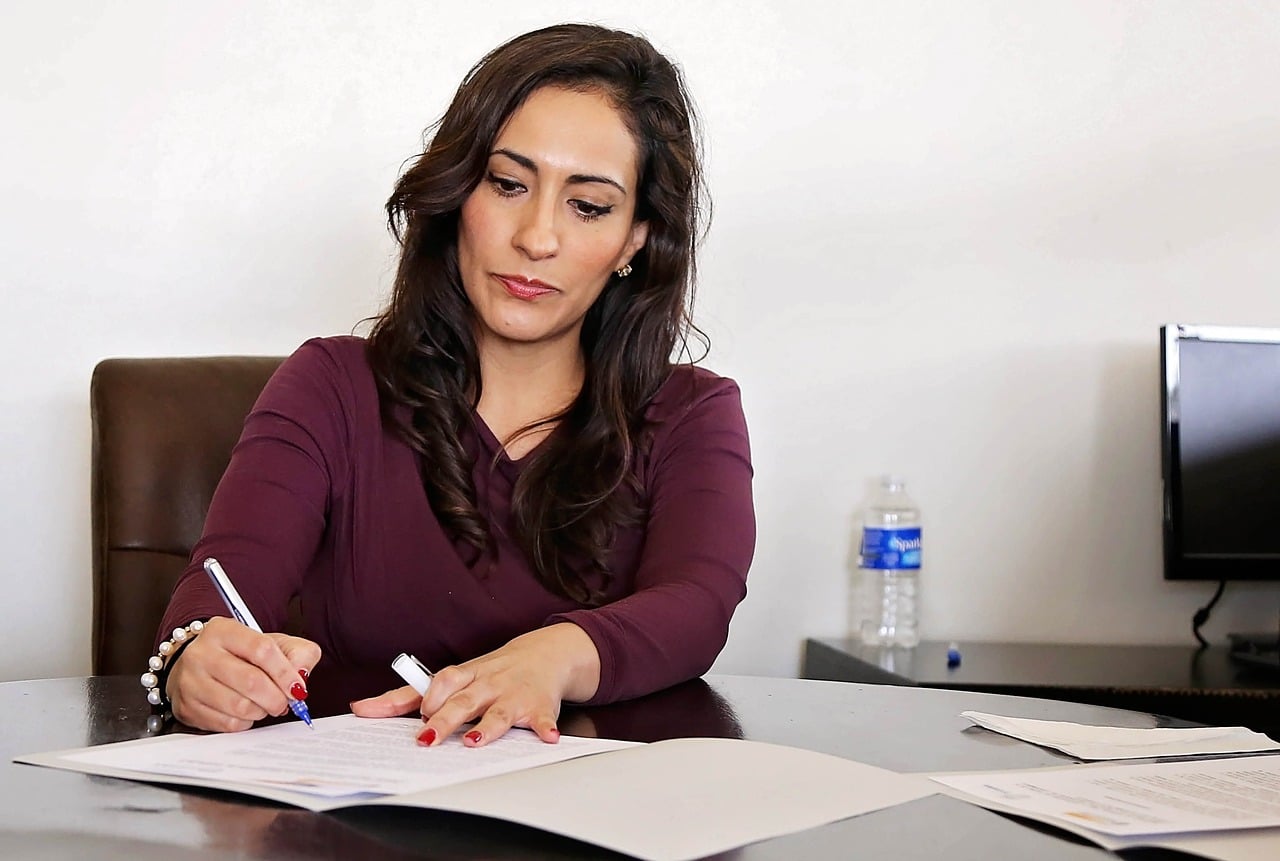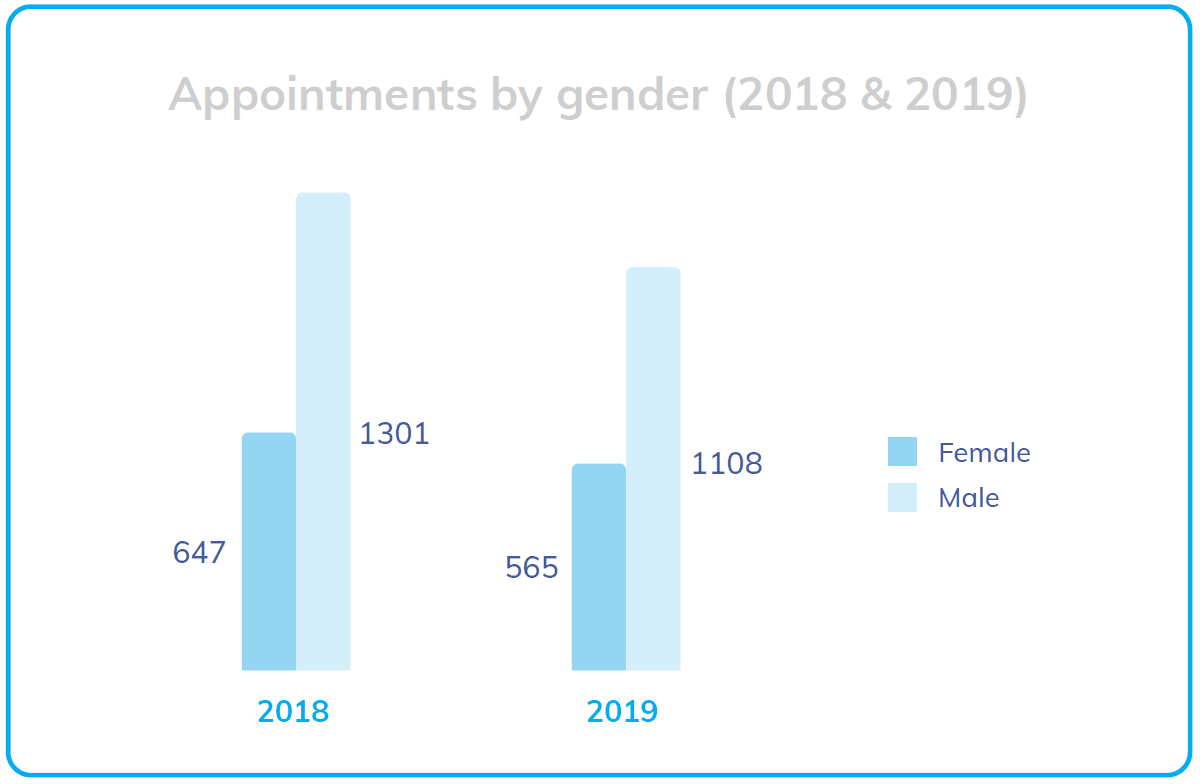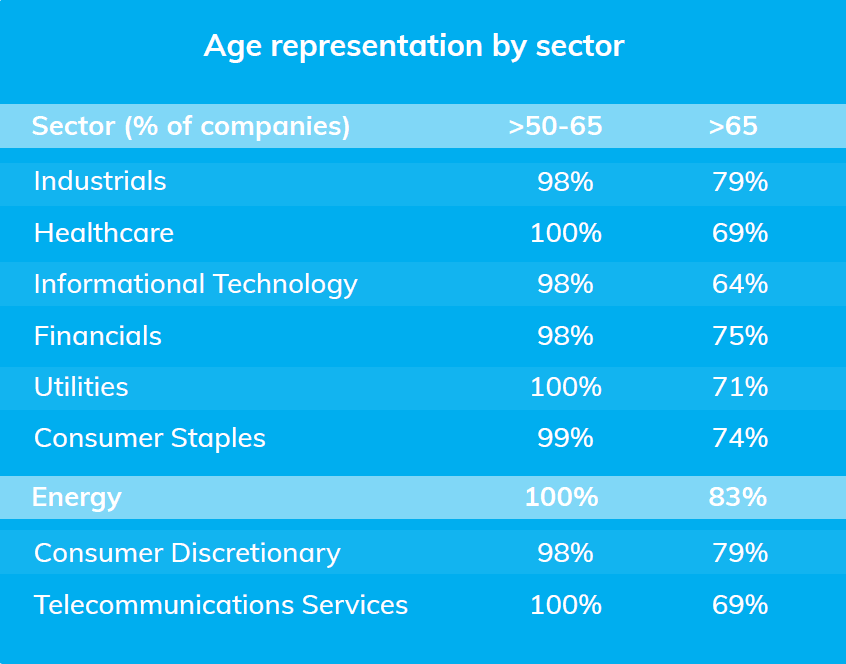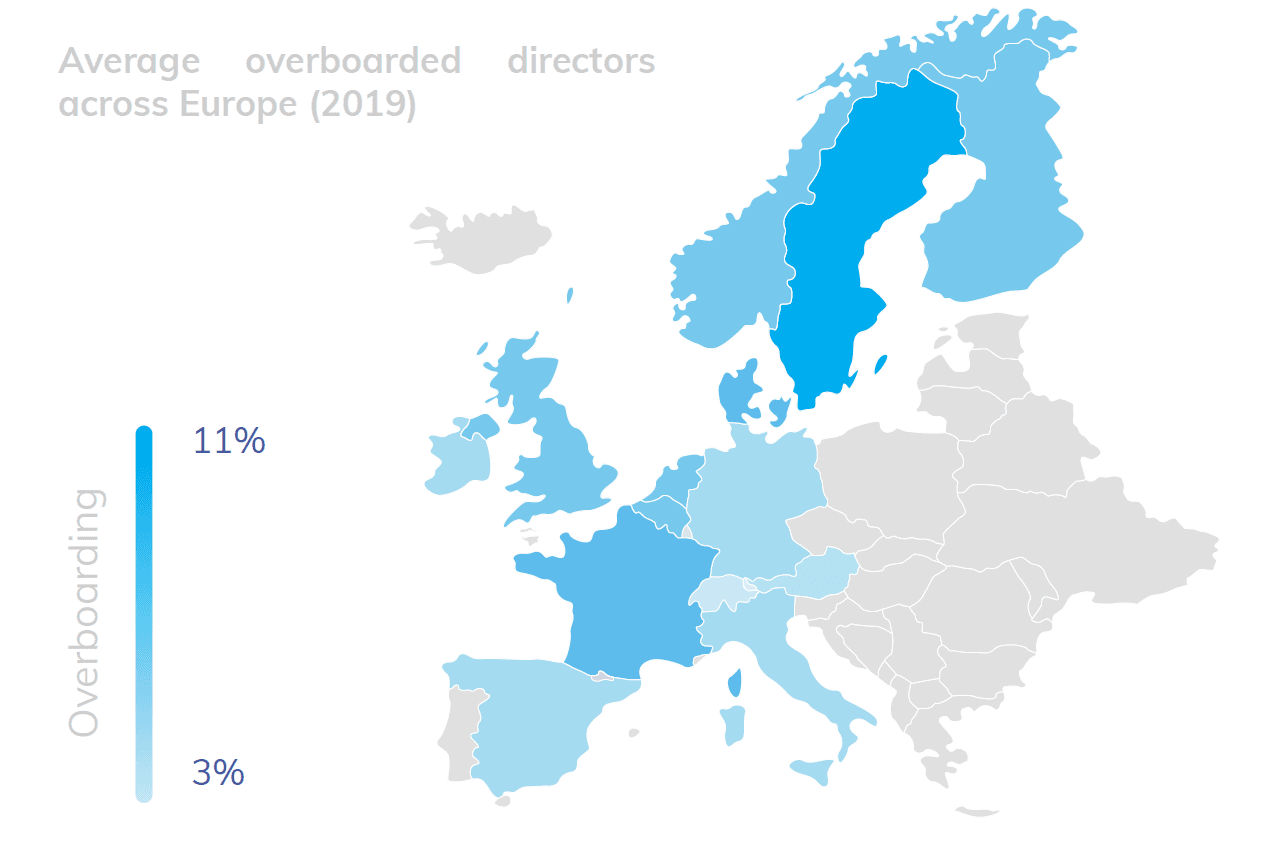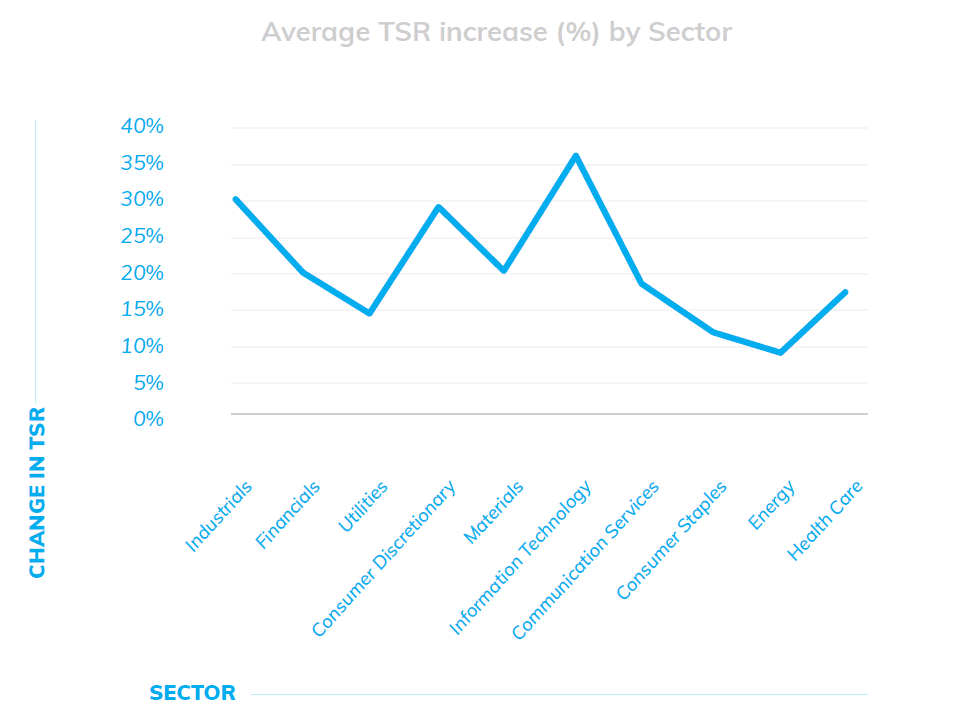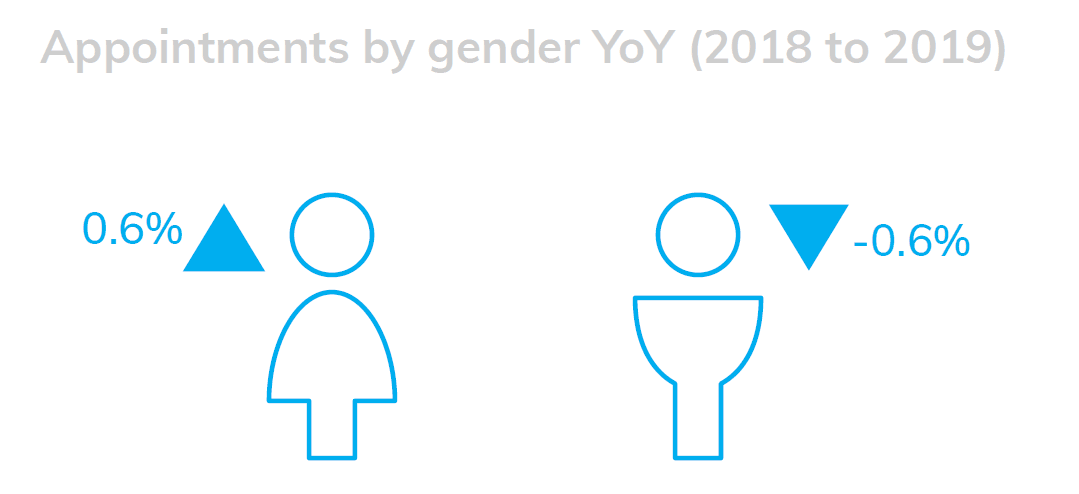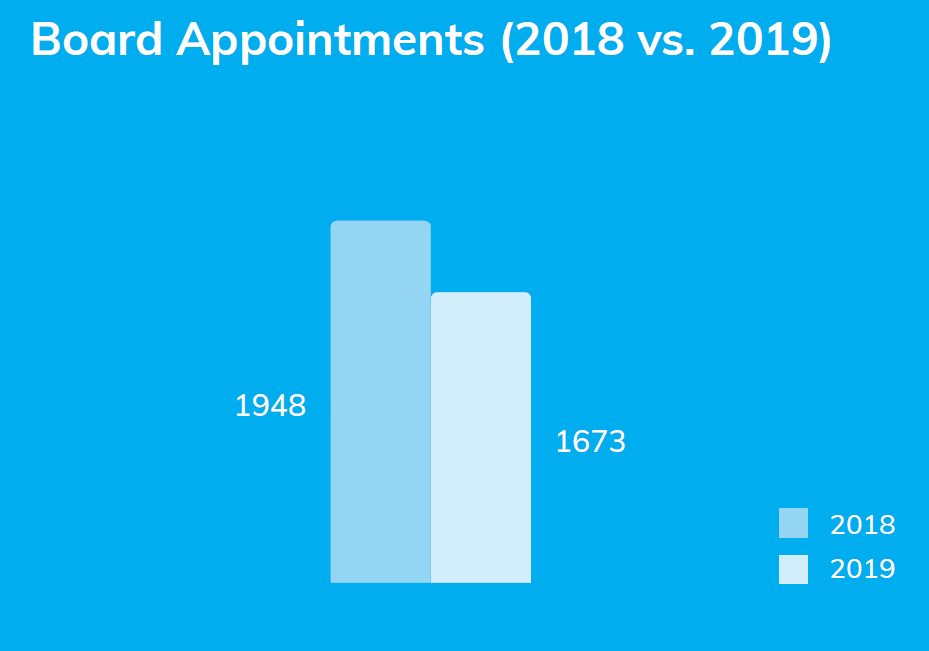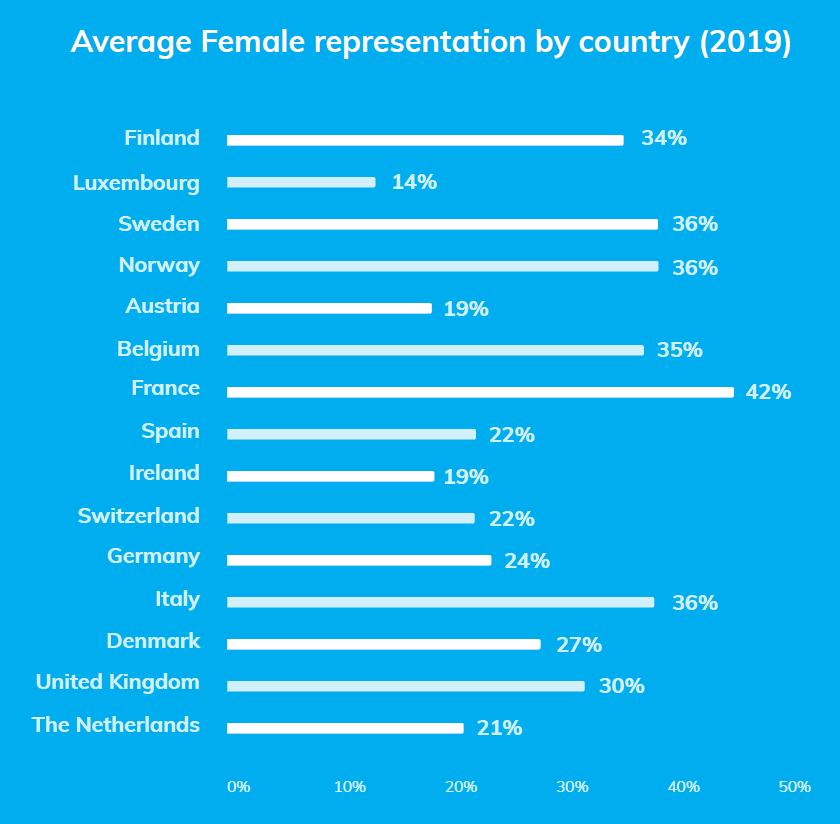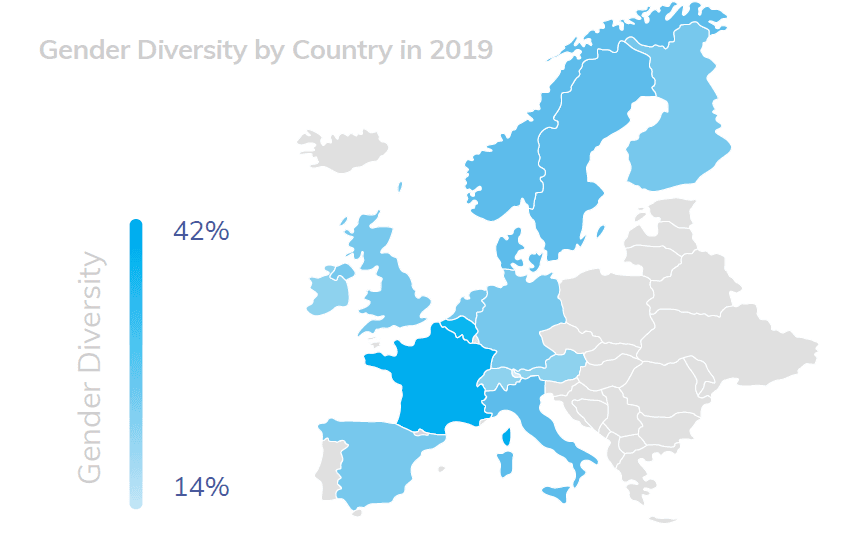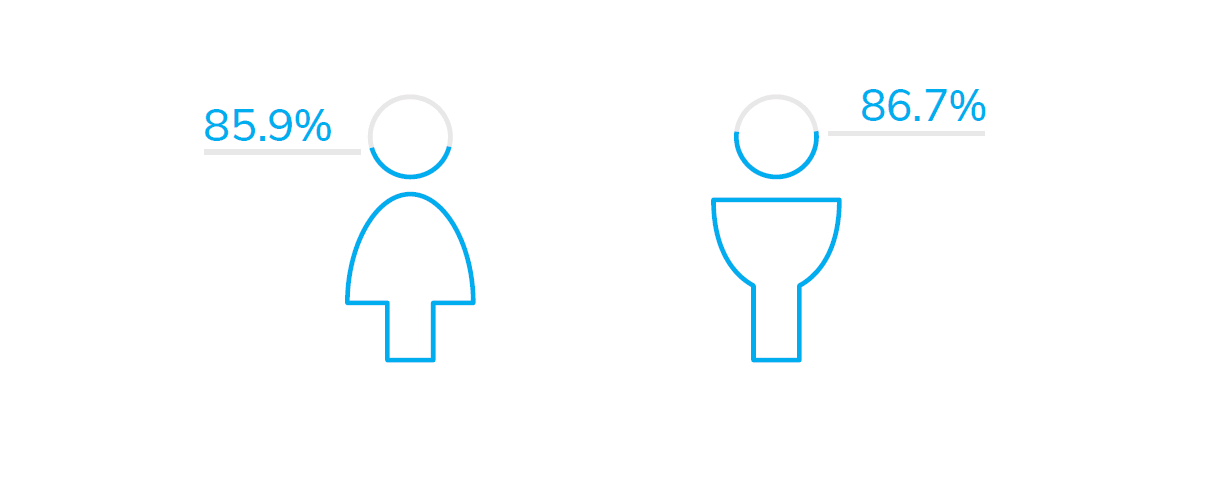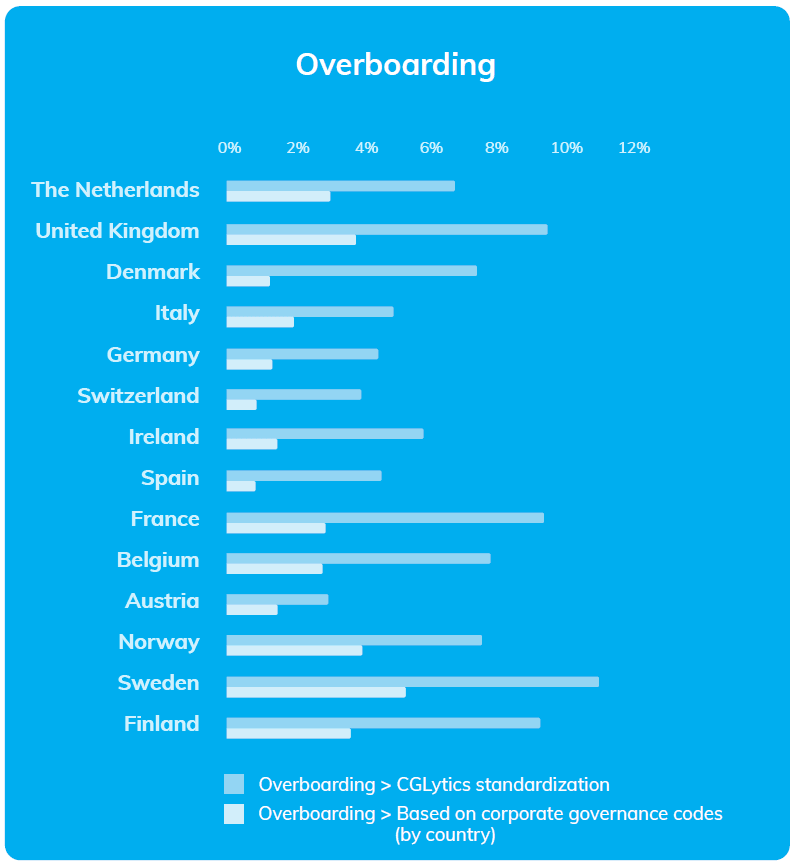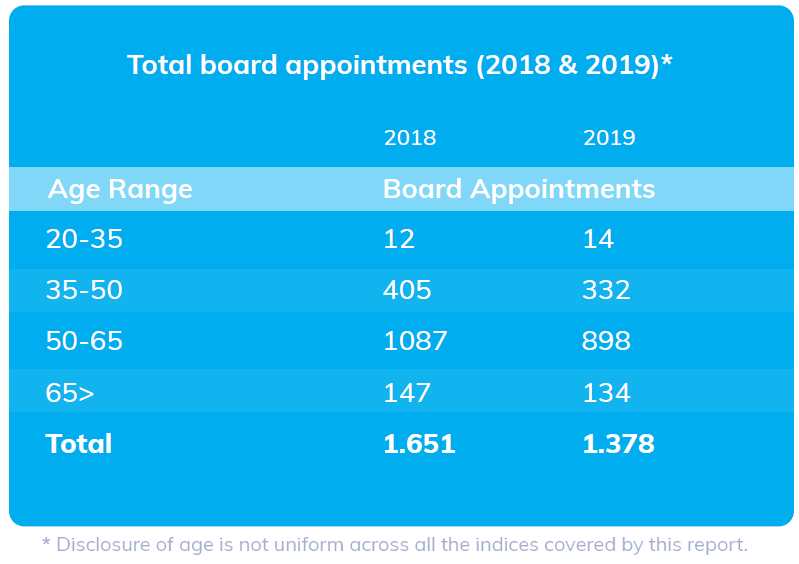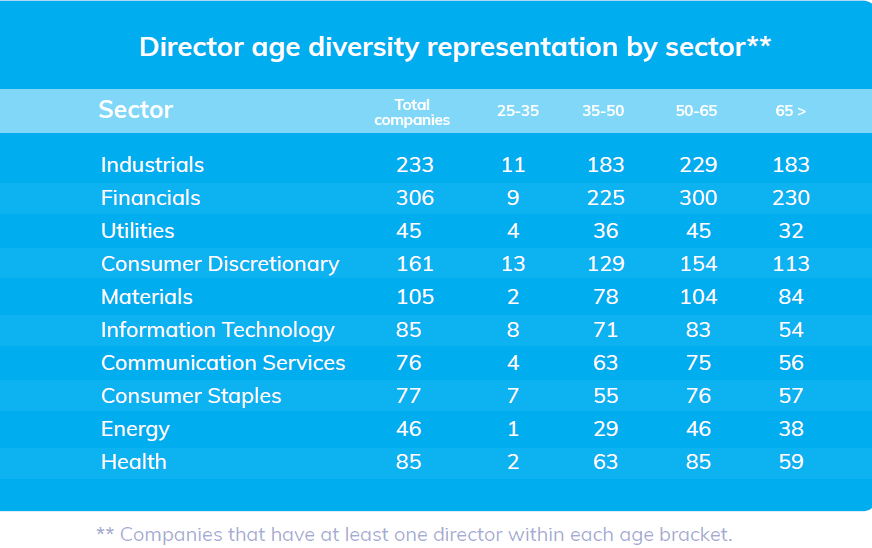Female representation on boards: 2018-2019 European Market Review
Providing companies and investors with valuable insights about board composition and potential red flags to mitigate corporate governance risk, CGLytics has released its first diversity report based on European companies.
Q4 2019 hedge fund letters, conferences and more
The State of Play: European Board Diversity report examines gender and age diversity in the European landscape and by individual region. The report reveals that female representation on boards is not yet at the 40% requirement in many countries, proposed by the European Commission (EC) in its European 2020 strategy. Additionally, age diversity is a concern and most director appointments in 2019 were the higher age bracket. Analysis of overboarded directors reveals that not recruiting female candidates due to overboarding concerns is no excuse.
Key Findings in the Report:
Gender diversity is still a hot topic with legislative bodies addressing concerns from investors. Examining European countries governance codes reveals:
- Norway was the first country to pass a gender related legislation in 2014 (at least 40% women on boards)
- Germany requires at least 30% women on boards
- Spain, Netherlands, Ireland, Austria, Italy and France have passed similar provisions.
- Switzerland (a non-EU country) is among the few countries that has not yet included a legal provision regarding board-level gender diversity.
- In the United Kingdom, Lord Davies in his final report included a new target for FTSE 350 companies of 33% gender diversity.
The report measures the European market from 2018 to 2019, and some of the key findings include:
- In 2019 France is the country with the highest female representation in Europe, ahead of their 40% target with 42% female representation on boards.
- Average female board positions held in Europe is at 27%, US is at 20% and globally 22%.
- Of the 1,673 individuals appointed to board positions in 2019, women accounted for 33.8%.
- Directors within the age range of >50-65 dominate boards in Europe, and in the Energy sector every company has at least one director in the age bracket of >50-65 and 83% of companies have at least one director above 65.
- Average TSR increased across the board.
- Considering the governance codes of each country, Sweden and the UK have the highest percentage of overboarded directors in Europe.
Gender Diversity Of European Boards
A closer look at gender diversity of European boards reveals:
- Total female representation on European boards has grown by 1%
- Female appointments increased by 0.6% year on year (YoY), while male appointments decreased 0.6%.
- Diligent Institute findings show women are assuming board leadership roles 2 years faster than men in North America and 7.5 months faster in Europe, on average.
- Women represent 24% of committee members globally, with 21% of global board committee chairs are women.
- During 2019, the level of representation of women on European boards rose to 27%, falling behind the EC’s proposals by 13%.
When examining gender diversity by country:
- Countries with the biggest increase of female representation are: United Kingdom (4%), Ireland (4%), followed by Denmark (3%), Spain (3%), Belgium (3%) and Luxemburg (3%).
- Only Sweden and Norway showed a very small decrease (2% and 1% respectively).
- Average female representation by country sees France having greatest gender diversity at 42%, and Sweden, Norway and Italy sharing second place with 36%.
Overboarded Directors In Europe
To determine overboarded directors in Europe two scenarios were examined.
- Using scenario A (an executive director holding more than two additional non-executive board positions at outside companies), Sweden has the highest average of overboarded directors at 11%, followed by the UK, France and Finland with 9%.
- And using scenario B (based on CG codes by country), Sweden remains the highest with 5%, followed by the UK, Finland and France (4%).
- Using scenario A, 85.9% of females and 86.7% of males can be nominated without facing potential overboarding.
Although boards are still composed of directors in the higher age brackets, directors are getting younger:
- Average age of directors in Europe is 58.2 (slight decrease from 2018-2019 of 0.6 years).
- Even though there were 275 fewer total board appointments in 2019, the appointments of younger directors did not decrease. It actually increased.
- Only 5% of European companies surveyed for this report have directors in the age bracket of 20-35. However, 76% having representatives in the age bracket of 35-50, 98% in the 50-65 age range, and 74% of companies in the age range older than 65.
Conclusion
Although European companies are making the effort to improve gender and age diversity, there is still work to be done in order to reach the desired goals and thresholds. To develop a board that provides equal opportunity to both genders and all ages, companies will have to look at different candidates than what they have considered in the past, and across a broader pool.

